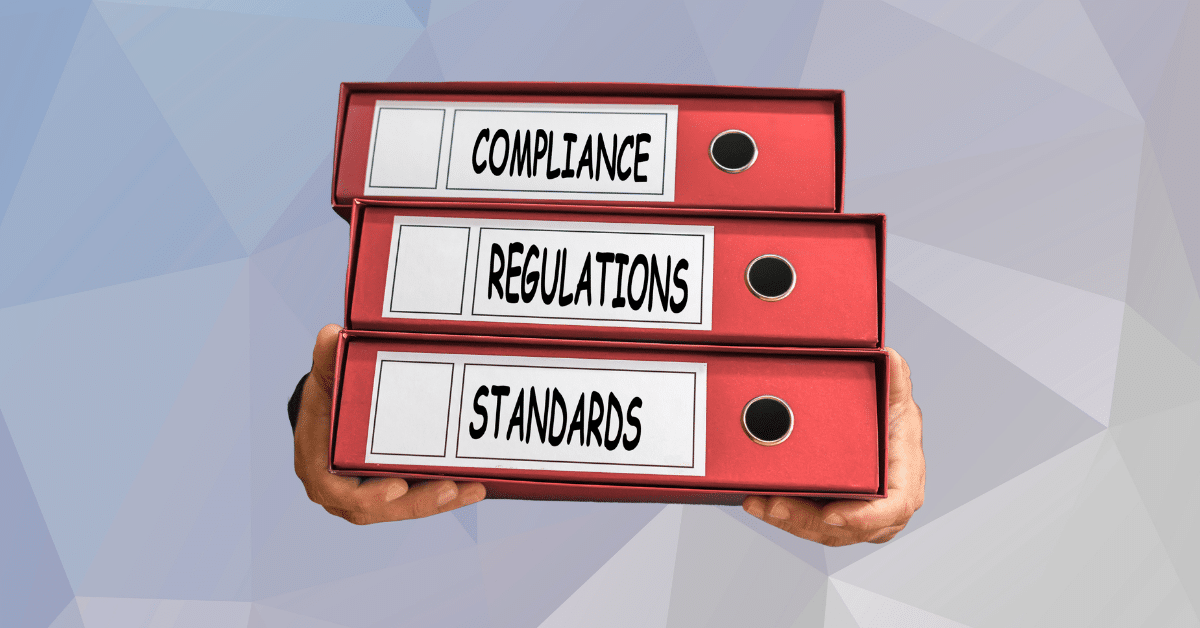My first week as a manager, a new analyst asked me an uncomfortable question: “If a senior teammate keeps making comments about my clothes, is that something I’m allowed to report—or am I overreacting?” She wasn’t looking for a policy manual. She wanted to know whether our workplace had her back. That moment taught me what the data continues to confirm: when companies invest in harassment prevention programs, people speak up sooner, problems are resolved faster, and performance improves.
Harassment Prevention Programs
Harassment prevention programs are more than annual checkboxes. They’re an operating system for respect: clear standards, ongoing training, accessible reporting, consistent follow-through, and accountability for leaders. When the basics are in place, you reduce risk while improving how work actually feels on a day-to-day basis. That matters because harassment and bullying correlate with higher job stress and withdrawal from work; a 2024 meta-analysis found a moderate positive link between bullying and job stress, reinforcing the health and productivity stakes involved.
What A Real Program Includes
- Policy that people can read. Plain language, examples for on-site, hybrid, and remote settings, and a one-page “what to do next.”
- Training with teeth. Short, scenario-based modules and role-specific tracks for managers and executives—hallmarks of practical sexual harassment training.
- Multiple intake paths. Manager, HR, and anonymous options with stated response timelines.
- Consistent action. Documented investigations, interim measures, and post-case learnings that feed back into training.
- Transparent metrics. Time-to-respond, resolution rates, and pulse surveys are reported to leadership.
The Business Case: Risk Down, Retention Up
Harassment isn’t just a legal risk; it’s a performance drag. International labor research links workplace violence and harassment to reduced productivity, lower employee commitment, and strained team cohesion. Meanwhile, enforcement remains active. In FY 2024, the EEOC reported 88,531 discrimination charges—over 9% more than FY 2023—along with a robust litigation docket, signaling steady attention on prevention and remedies.
Settlements also reveal the hidden costs. In 2024, a California food producer agreed to pay $2 million and overhaul its anti-harassment policies, including training, complaint tracking, and independent monitoring, as part of the remedies. Beyond legal outcomes, turnover is expensive: Gallup estimates replacement costs that can approach 200% of an individual’s salary for leaders and managers, with technical roles at around 80% and frontline roles at ~40%. Reducing misconduct and improving fit lowers that bill substantially.
Strengthening Workplace Culture, Fast
New employees quickly absorb your norms. If their first month includes clear expectations, a simple reporting map, and leaders who model boundaries, you protect both people and productivity. This is where sexual harassment training, workplace culture, and work pay off: early clarity reduces bystander hesitation, shrinks gray areas, and makes respectful behavior feel standard—not special.
Practical Moves That Change Daily Behavior
- Add a five-minute “how we talk to each other here” script to new-hire orientations.
- Provide managers with monthly micro-prompts, including one scenario, two discussion questions, and a reminder on reporting.
- Publish anonymized “what we learned” summaries each quarter.
- Recognize teams that effectively utilize bystander tools.
The Core Of Effective Training
People don’t remember slogans; they remember what to do next. Anchor effective sexual harassment training in realistic moments:
- Scenario design that matches your work. DM threads, group chats, video calls, job sites, and after-work events.
- Bystander playbook. Distract, delegate, document, and direct—taught with timing and sample language.
- Manager micro-skills. How to pause a meeting, reset tone, document facts, and notify HR fast.
- Micro-modules. 10–12 minutes each, spaced over 30, 60, or 90 days to drive recall.
- Knowledge checks that coach. Two or three practical questions per module, no trick wording.
Supervisors Set The Daily Temperature
Front-line leaders determine whether standards are upheld in meetings, shifts, and on Slack. Invest in harassment training for supervisors that covers:
- What to do in the first five minutes after a concern is raised.
- How to Protect Confidentiality While Escalating Promptly.
- How to document facts without editorializing.
- How to set expectations with repeat offenders and follow up with the reporter.
Give supervisors a one-page “receive-and-respond” guide and rehearse it quarterly. Confidence comes from repetition.
Legal Basics—And A California Callout
Compliance is the floor. Many jurisdictions require periodic training; enforcement trends remain active. If you operate in California, incorporate your Sexual Harassment in California training course into your onboarding process. Non-supervisory staff require at least one hour of training, while supervisors require at least two hours. This training should be repeated every two years. The state’s civil rights department publishes clear FAQs on documentation and timing, making it easy to stay ready. When you treat mandatory sexual harassment training as a regular part of work—not a once-a-year interruption—employees absorb it without eye rolls.
Remote And Hybrid Realities
Harassment can show up as “jokes” in a public channel, persistent after-hours DMs, or camera framing that lingers on someone’s body. Update playbooks to include:
- Meeting norms: use names, avoid comments on appearance, and stop sidebar chats that cross lines.
- Chat etiquette: drop topics when someone expresses discomfort; no sexual content in workspaces.
- After-hours boundaries: respect time zones; silence is not consent.
- Documentation: How to capture screenshots responsibly when reporting.
A 30–60–90 Day Launch Plan
Days 1–30: Foundation
- Company-wide module on what harassment looks like across settings; publish reporting channels with response timelines.
- Team-level discussion: one scenario + two scripts for bystander support.
- Leaders post a brief statement outlining expectations and the steps to achieve them.
Days 31–60: Skill-Building
- Role-specific tracks for managers and executives.
- Update team charters to include a “Respect at work” section.
- Quick pulse survey on safety and belonging; share one improvement you’ll make.
Days 61–90: Reinforcement
- Micro-modules are pushed at two-week intervals.
- Start publishing quarterly anonymized learnings.
- Leadership reviews metrics, including completion, time-to-response, and themes.
Metrics That Matter
Connect your program to outcomes executives care about:
- Leading indicators include training completion, knowledge check accuracy, use of bystander scripts, and time-to-respond.
- Lagging indicators: substantiated cases, repeat offenders, early exits among targeted groups, and retention in high-risk teams.
- Engagement signals: psychological safety scores, “speak-up” confidence, and manager credibility.
These metrics link directly to costs. EEOC charge volumes remain elevated, with 88k+ in FY 2024; acting early is smarter than reacting late.
Story From The Field
A regional retailer with 600 employees faced rising complaints in two distribution centers—mainly concerning off-color jokes and rumors of retaliation. They launched micro-modules, trained supervisors on the first five minutes of response, and added anonymous reporting with a 24-hour acknowledgment rule. Within two quarters, early reporting went up, substantiated incidents fell, and voluntary turnover among night-shift associates dropped—exactly where replacement costs hit hardest, given how expensive backfills can be for technical and leadership roles.
How Programs Improve Daily Work
Think of your prevention program like lane markers on a busy highway. Clear lines reduce swerving, keep traffic moving, and help everyone arrive home safely. The payoff shows up in fewer “Is this okay?” whispers, fewer missed hours handling fallout, and smoother collaboration. That’s the practical upside of the benefits of sexual harassment training when it’s woven into real operations—not parked in an LMS.
Put It All Together
- Start with a policy people can actually use.
- Teach realistic scenarios with scripts, not slogans.
- Equip supervisors as first responders.
- Keep reporting options well-publicized and straightforward.
- Measure speed, learning, and trust—then share improvements.
Do that, and harassment prevention programs stop being compliance theater and start driving safer, higher-performing teams.
Ready To Raise The Bar?
If your workforce includes employees in California, assign the Sexual Harassment in California training course during onboarding and maintain a two-year cadence. For everyone else, adopt the same rhythm: short modules, manager practice, and visible follow-through. When people trust the system, they spend less time looking over their shoulders and more time doing great work.
FAQs
Why should companies implement harassment prevention programs now?
You implement harassment prevention programs now to reduce risk, cut turnover costs, and improve trust. Programs that combine policy, harassment prevention training, and fast reporting create safer teams and quicker course corrections, which protect people and productivity while reinforcing your culture.
How do harassment prevention programs improve the culture day-to-day?
Programs enhance daily culture by establishing a shared language, coaching bystanders, and holding managers accountable. That steadiness strengthens sexual harassment training workplace culture outcomes—fewer gray areas, more early interventions, and a consistent path for support when something goes wrong.
What makes sexual harassment training actually effective?
Practical sexual harassment training occurs when it mirrors real-life interactions (DMs, calls, shifts), provides concise scripts for challenging moments, and offers managers step-by-step response playbooks. Micro-modules and spaced practice beat long, one-time lectures.
What special role do supervisors play in prevention?
Supervisors are culture carriers. With strong harassment training for supervisors, leaders learn to pause off-track behavior, document facts, escalate issues promptly, and support reporters—skills that build credibility and prevent problems from escalating.
Is harassment training mandatory, and how does California fit in?
Training can be mandatory depending on the location. In California, non-supervisors are required to complete at least one hour of training, and supervisors are required to complete at least two hours every two years. Your Sexual Harassment in California training course makes compliance straightforward and reinforces the standards for mandatory sexual harassment training in the state of California.


















